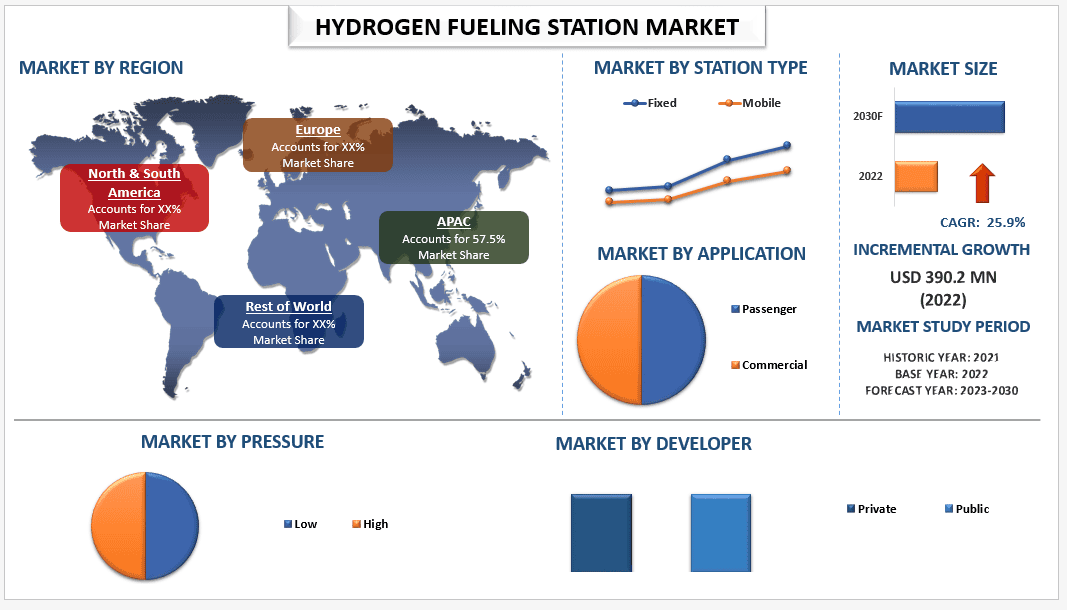Scaling Machine Learning Solutions for Enterprise Needs

At the intersection of digital transformation and data-driven innovation lies a powerful truth: Machine learning solutions are revolutionizing the way enterprises make decisions, predict outcomes, and automate operations. But here's the challenge while building a prototype is often straightforward, scaling machine learning across enterprise environments is an entirely different beast.
This is not just about training accurate models. It’s about integrating them with legacy systems, ensuring governance, managing data pipelines, and aligning outputs with business objectives. Let’s walk through the strategic journey of how enterprises are scaling ML from pilot projects to full-fledged operational powerhouses.
From MVP to Enterprise: The Machine Learning Maturity Curve
Every enterprise begins its ML journey with a proof of concept (PoC). It’s often a limited-scope project predicting churn, automating invoices, or enhancing search.
But here’s the trap: many companies stall at the MVP stage. They validate the model’s performance but fail to move beyond it. Why?
Because scaling machine learning solutions requires a different mindset one that balances technical scalability with business transformation.
Defining the “Enterprise” in Enterprise ML Solutions
It’s not just about having a lot of data or employees. An enterprise-scale ML solution must:
-
Handle large volumes of heterogeneous data
-
Maintain compliance and privacy regulations across geographies
-
Integrate with multiple platforms (CRMs, ERPs, IoT systems)
-
Operate reliably at scale, across departments and regions
-
Be explainable to non-technical stakeholders
If your ML model doesn’t address these dimensions, it’s not yet enterprise-grade.
The Data Foundation: Cleaning, Streaming, and Structuring for Scale
Raw data is messy. And enterprise data? It’s downright chaotic.
Scaling machine learning solutions requires building a rock-solid data infrastructure:
-
Data lakes for storage
-
ETL pipelines for cleaning
-
Real-time data streams (using Kafka, Apache Flink) for continuous updates
-
Feature stores for reuse of common data attributes
Enterprises must invest in data versioning, quality checks, and metadata tracking to ensure that the models are learning from reliable information.
Model Deployment Isn’t the Finish Line It’s the Starting Block
Deploying a model into production is a huge milestone. But real enterprise impact comes from model lifecycle management:
-
Monitoring drift (data or prediction)
-
Automated retraining
-
A/B testing models in live environments
-
Model rollback strategies if performance dips
Using platforms like MLflow, Kubeflow, or AWS SageMaker can streamline these processes, ensuring models are not just deployed but continuously optimized.
Building for Interpretability and Governance
Enterprises can’t afford black-box models. Stakeholders want transparency, and regulators demand accountability.
That’s why explainability (using tools like SHAP, LIME) and audit trails must be embedded into every phase of your ML pipeline. Scalable machine learning solutions don’t just output predictions they justify them, too.
Infrastructure: Cloud, Edge, or Hybrid?
Should your models run on the cloud? At the edge? Or a mix?
-
Cloud-based ML allows flexibility and compute power.
-
Edge ML enables real-time decision-making for IoT use cases.
-
Hybrid setups provide the best of both training in the cloud, inference on the edge.
Enterprises must assess latency, security, and cost trade-offs before choosing their deployment architecture.
The Human Side of Enterprise ML: Cross-Functional Teams
Scaling ML is not a data science-only affair. You need:
-
Data Engineers to prepare data pipelines
-
ML Engineers to operationalize models
-
Product Managers to align ML outputs with goals
-
Compliance Officers to ensure ethical deployment
This is where many initiatives fail due to siloed teams and misaligned goals. Enterprises that scale successfully, build cross-functional ML squads that work in sync.
Security and Compliance at Scale
Your model may predict fraud with 95% accuracy, but what if it leaks sensitive user data in the process?
Enterprise-grade machine learning solutions require:
-
Encrypted model endpoints
-
Data anonymization techniques
-
Federated learning for privacy-preserving AI
-
Compliance with GDPR, HIPAA, and SOC 2
Security must be a non-negotiable part of your ML deployment checklist.
Case Study Snapshot: A Retail Giant’s ML Transformation
A global retail enterprise partnered to automate inventory forecasting. The MVP model improved predictions by 12%, but performance plateaued during regional scale-up.
By integrating a centralized data lake, retraining models per store region, and using MLflow to manage the pipeline, forecast accuracy rose to 35%, saving millions in logistics costs. That's what scaling machine learning solutions look like in practice.
Future-Proofing Your ML Stack
AI is evolving rapidly. To ensure longevity of your ML investments:
-
Use containerized models (Docker, Kubernetes)
-
Embrace AutoML to democratize experimentation
-
Invest in model versioning
-
Stay aligned with ethical AI frameworks
Being ready for tomorrow starts with scalable, modular architecture today.
Machine Learning Solutions
When businesses talk about transforming with AI, what they really mean is unlocking value from machine learning solutions. But transformation only happens when solutions scale from labs to legacy systems, from prototypes to profit centers.
FAQs
What are the challenges of scaling machine learning in enterprises?
Data integration, governance, infrastructure costs, and team alignment are common hurdles when scaling ML solutions at enterprise levels.
How do machine learning solutions benefit enterprises?
They improve decision-making, automate workflows, optimize logistics, detect anomalies, and enhance customer personalization.
Do all enterprises need cloud infrastructure for ML?
Not necessarily. Some use hybrid or edge deployments depending on latency, security, and cost considerations.
What is model drift, and why does it matter?
Model drift occurs when the real-world data shifts over time, causing prediction accuracy to drop. Detecting and retraining against drift is critical for enterprise reliability.
How often should machine learning models be retrained?
It depends on the use case. Some retrain weekly (e.g., pricing models), others monthly or upon detecting performance degradation.
What’s the difference between an ML engineer and a data scientist?
Data scientists build models. ML engineers productionize them handling deployment, scaling, and monitoring in enterprise environments.
Conclusion
Scaling machine learning solutions for enterprise needs is no longer optional it’s essential. From reimagining data pipelines to deploying explainable models and aligning teams across silos, the journey demands precision, vision, and adaptability.
Enterprises that succeed don’t just implement AI they evolve with it.



